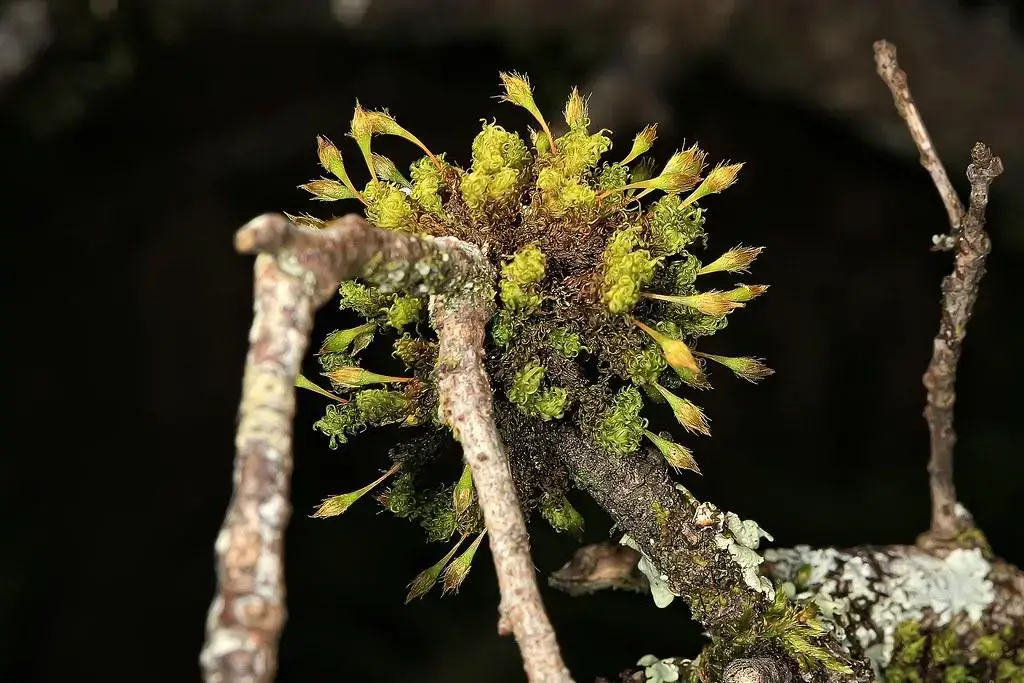
24769299955_7eb21a506c_b.jpg from: https://www.flickr.com/photos/83637132@N02/24769299955/
Introduction
In the vast and captivating world of bryophytes, one particular moss species stands out for its unique charm and ecological significance: Ulota crispa (Hedw.) Brid., commonly known as Ulota. This unassuming yet fascinating member of the Orthotrichaceae family has captured the hearts of moss enthusiasts and naturalists alike, offering a glimpse into the intricate tapestry of life that thrives in the most unexpected places.
Background
Before delving into the intricacies of Ulota crispa, it’s essential to understand the broader context of bryophytes. These remarkable plants, which include mosses, liverworts, and hornworts, are often overlooked but play a crucial role in various ecosystems. They are among the oldest land plants on Earth, dating back to the Paleozoic era, and have adapted to thrive in a wide range of habitats, from the Arctic tundra to the tropical rainforests.
Main Content
Morphology and Identification
Ulota crispa is a small, tufted moss that forms dense cushions or mats on tree bark, rocks, or soil. Its leaves are crisped (hence the specific epithet “crispa”), giving the plant a distinctive ruffled appearance. The leaves are also keeled, meaning they have a prominent midrib that creates a ridge along the leaf surface. This unique feature aids in water conduction and provides structural support.
One of the most striking characteristics of Ulota crispa
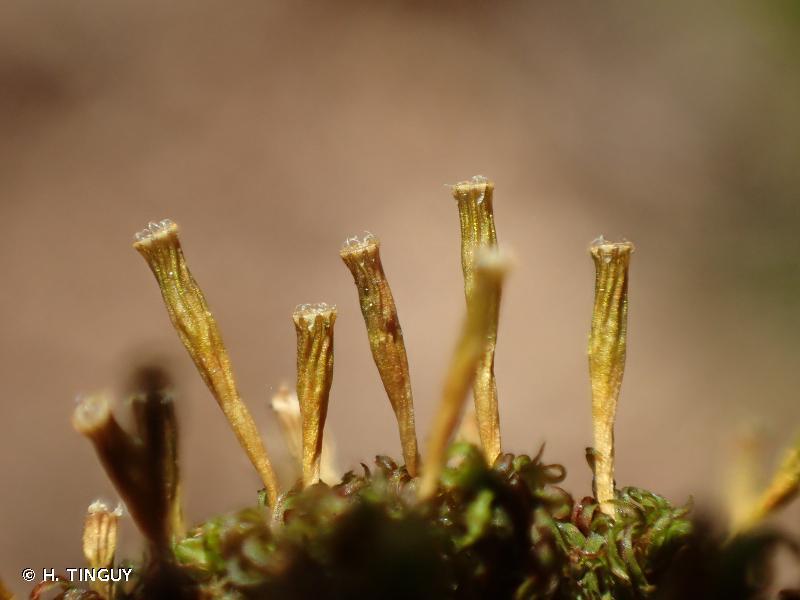
193719.jpg from: https://inpn.mnhn.fr/espece/cd_nom/5051
is its calyptra, a delicate cap that covers the developing sporophyte (the spore-bearing structure). The calyptra is hairy, giving the moss a fuzzy appearance that has earned it the endearing nickname “the fuzzy moss.”
Global Distribution and Habitat
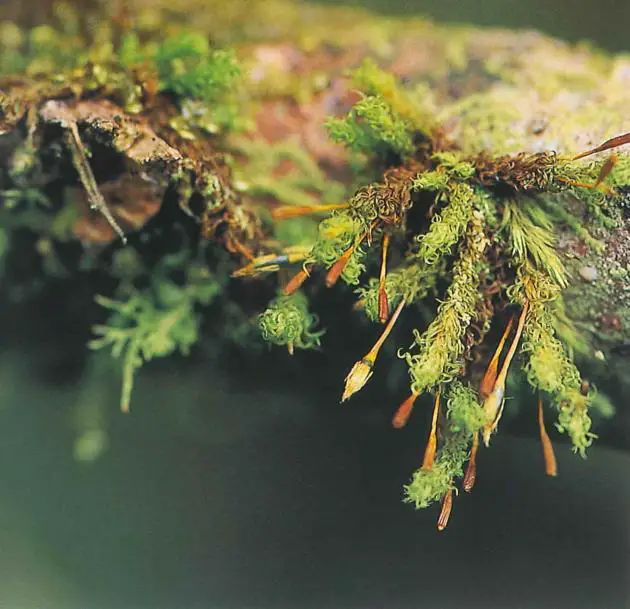
B148-01_0.jpg from: http://taibif.tw/zh/namecode/200982
Ulota crispa
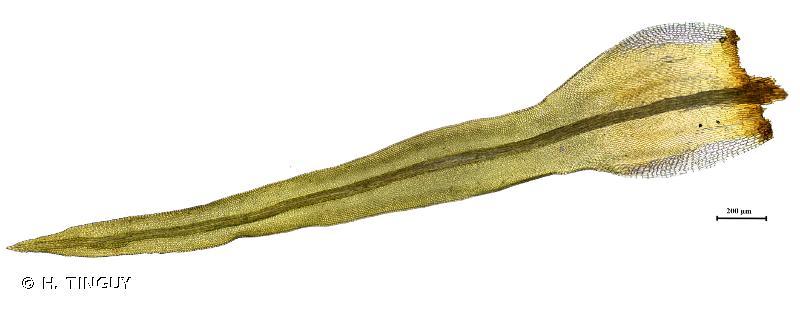
193720.jpg from: https://inpn.mnhn.fr/espece/cd_nom/5051?lg=en
is widely distributed across the Northern Hemisphere, thriving in temperate and boreal regions. It can be found in Europe, Asia, and North America, often growing on the bark of trees, particularly those with rough or furrowed surfaces. This moss prefers shaded, moist environments and is commonly found in old-growth forests, where it contributes to the rich biodiversity of these ecosystems.
Ecological Roles and Adaptations
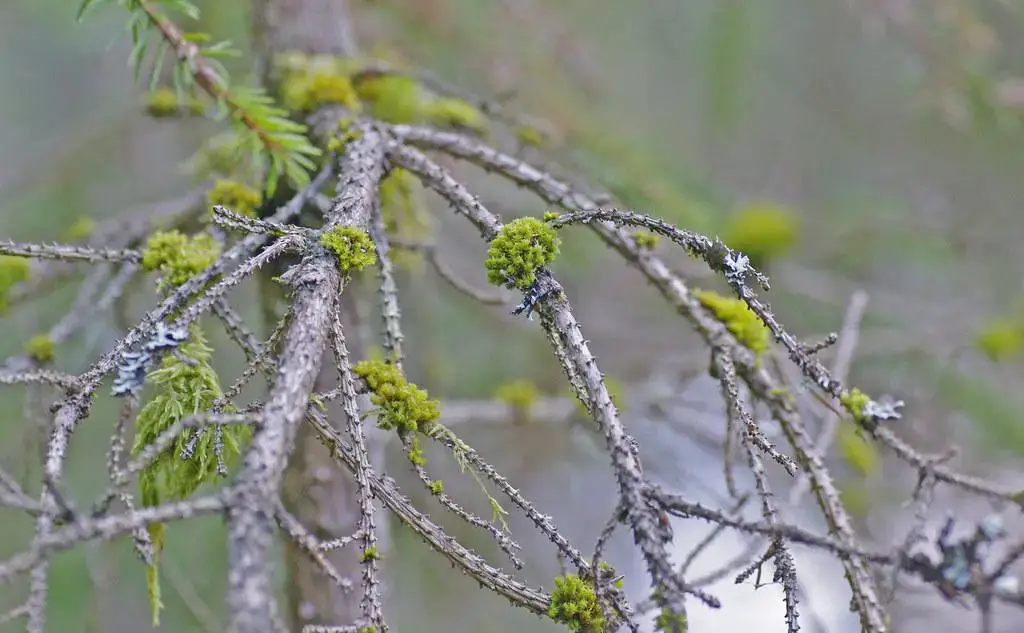
32990036702_92b95fc17c_b.jpg from: https://www.flickr.com/photos/126598284@N05/32990036702/
Despite its diminutive size, Ulota crispa plays a vital role in its environment. As a pioneer species, it helps to colonize and stabilize substrates, paving the way for other plants to establish themselves. Additionally, its dense mats provide microhabitats for a wide range of invertebrates, including mites, springtails, and even tiny snails.
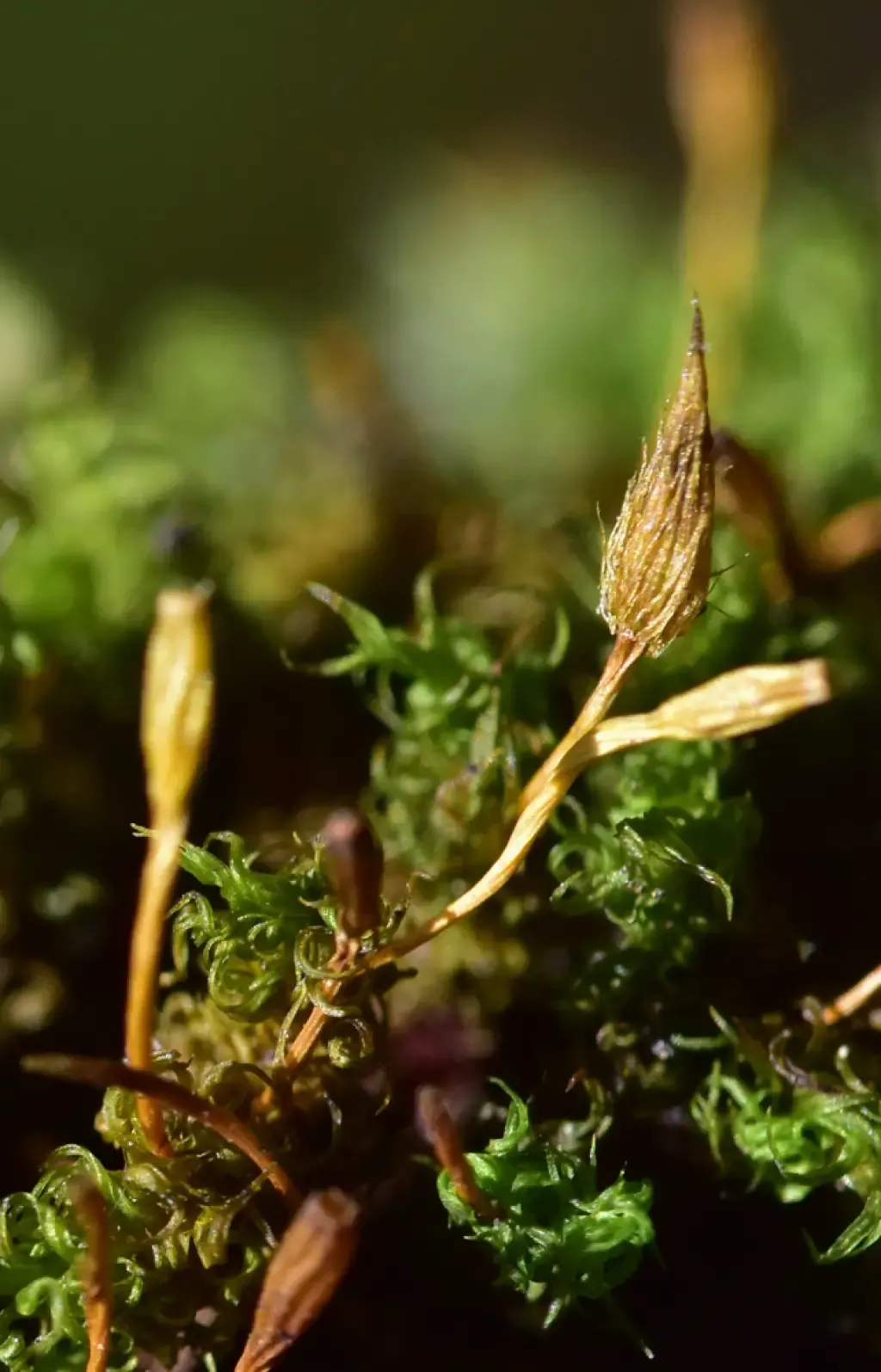
43bc0373098b857c62ac509481a88577.jpg from: https://www.asturnatura.com/fotografia/flora/ulota-crispa-2-de-6/39859.html
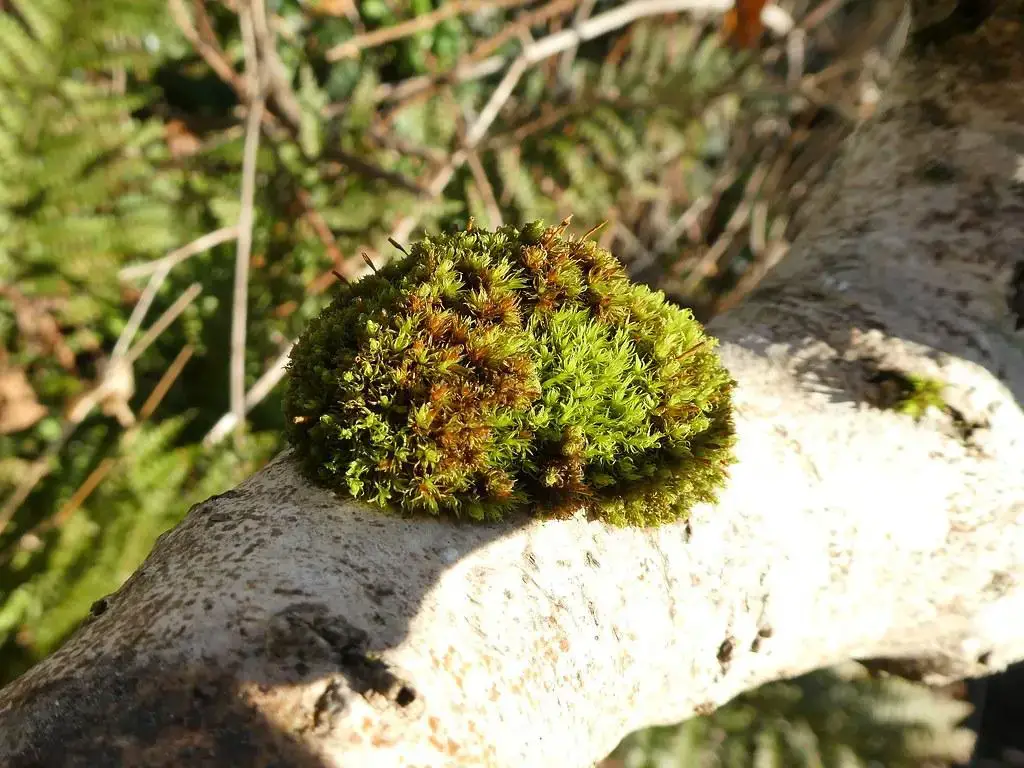
51720605368_61c65b4ceb_b.jpg from: https://www.flickr.com/photos/21657471@N04/51720605368/
One of the remarkable adaptations of Ulota crispa is its ability to withstand desiccation. During dry periods, the moss can curl up its leaves and enter a state of dormancy, conserving moisture and protecting its delicate tissues. When conditions become favorable again, the moss quickly rehydrates and resumes its normal growth and metabolic activities.
Case Studies/Examples
In the Pacific Northwest of North America, Ulota crispa is a common sight in old-growth forests, where it thrives on the bark of towering conifers like Douglas firs and western hemlocks. These ancient forests provide the perfect habitat for this moss, with their cool, moist microclimates and abundant tree surfaces for colonization.
| Technical Table: Ulota crispa (Hedw.) Brid. |
|---|
| Scientific Name: Ulota crispa (Hedw.) Brid. |
| Family: Orthotrichaceae |
| Division: Bryophyta |
Class:
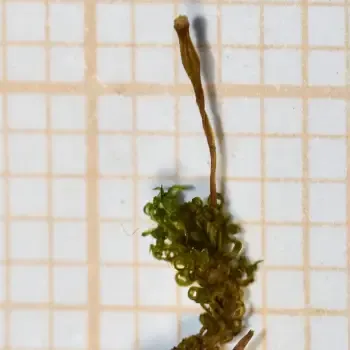 t_43851e6c17e4ef761c15b35a88859ee3.jpg from: https://www.asturnatura.com/especie/ulota-crispa Bryopsida |
Growth Form:
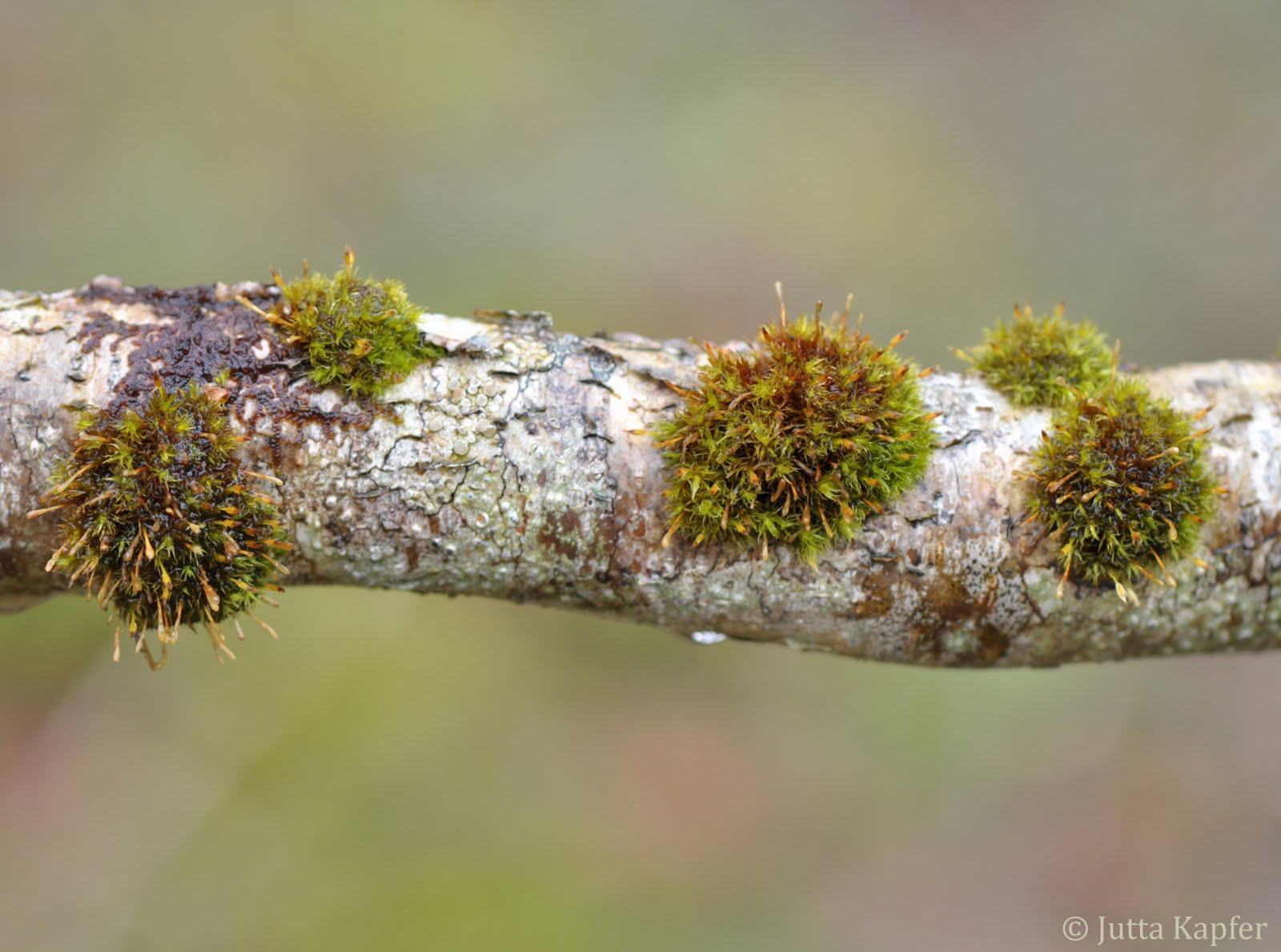 DSC_0003x.2.jpg from: https://ju-bryophytes.blogspot.com/2009/09/ulota-crispa.html Tufted, cushion-forming |
| Leaf Characteristics: Crisped, keeled |
| Calyptra: Hairy |
| Distribution: Northern Hemisphere |
| Habitat: Tree bark, rocks, soil |
Conclusion
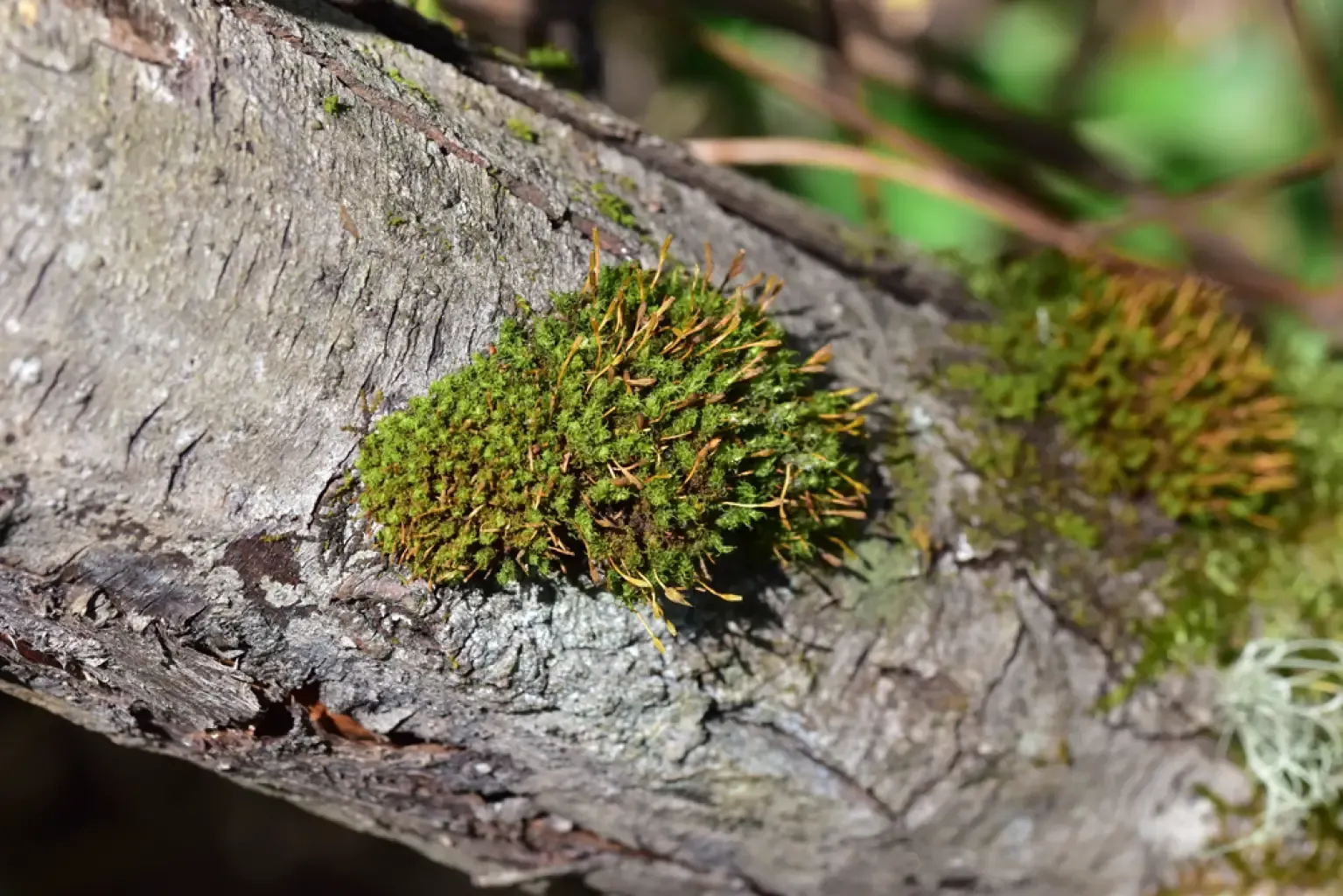
106f330795287ccf7fa1099fac70e180.jpg from: https://www.asturnatura.com/fotografia/flora/ulota-crispa-1-de-6/39858.html
Ulota crispa is a remarkable moss that embodies the resilience and adaptability of bryophytes. Its unique morphology, global distribution, and ecological roles make it a fascinating subject for moss enthusiasts and naturalists alike. As we continue to explore and appreciate the intricate tapestry of life that surrounds us, let us ponder this thought-provoking question: What other hidden wonders lie within the realm of bryophytes, waiting to be discovered and cherished?